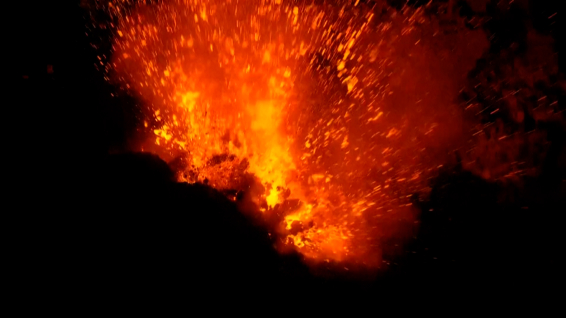On the morning of 4 August, volcanic activity erupted on Etna, Europe’s highest active volcano, as a result of which communication with the Italian island of Sicily is currently disrupted due to the volcanic eruption.
The 3,030-metre-high volcano on the island of Sicily is experiencing increased volcanic activity, according to Italian news agency ANSA. The eruption has sent lava flows erupting from the volcano, accompanied by ash clouds reaching heights of up to 10 kilometres (18.6 miles) and drifting southeast, the video showed.
Catania airport halted all flights due to the volcanic ash cloud, which posed a danger to air traffic. Etna, 3,369 metres high, has shown increased activity over the past decade. The explosion created significant visibility problems and led to massive flight cancellations.
- At around 3:20 a.m. local time, the moderate strombolian activity in Voragine rapidly began to increase, along with a sharply increasing amplitude of the volcanic tremor;
- Shortly before 5 a.m. the activity changed to high lava fountaining, reaching several hundred metres in height. Three hours later, at the time of writing this post, the eruption is still in progress;
- The tall column of ash is rising 3-4 kilometres above the summit and drifting in an east-southeast direction. Heavy ash fallout is occurring on the southeastern and eastern slopes of the volcano, probably affecting the towns of Zafferana, Milo, and Jarre.
In December 2023, the volcano powerfully ejected ash and lava, and since then it has remained relatively calm until renewed activity this summer. Since early July, Etna has seen frequent volcanic activity after a period of dormancy. Hence, the eruption marks Voragine’s 5th paroxysm since a new series began in July. It occurred almost 2 weeks after the earlier event on 23 July.
